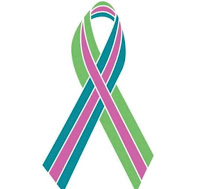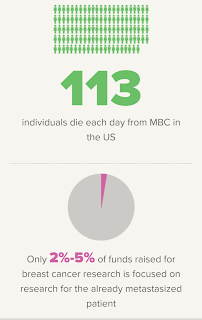This October, I will beat the official odds, if I make it. It will be the three-year anniversary from diagnosis of metastasis. Cancer.gov records the average survival of my disease at about 36 months. Yet, I’m reminded that I had the mets long before. For months before, I had been sharing my concern over that rash in my skin. So, in many ways, I’m already beating the odds.
My life is so very different! We are mostly living out of the RV. We come to the four walled home for doctor visits and business. I know we’ll have to Swedish Death Clean that place — I’m not looking forward to it.
RV living is different than I expected: I imagined that we’d move frequently, but that’s not how it turned out. We’re needed, so we’ve chosen an extended stay location near family. We spend the winter south and this year, the summer will see us in new extended locations, if all is well. We will travel, if nothing changes. We will explore the Southwest a bit this winter, and even cruise the British Isles this summer, if I continue on this path. Cruising is an ideal travel mode for the less healthy. You can control your activity level. You can choose what to do and to some degree, when. You have control over your diet. But I also have the insurance, just in case. No sense in losing all that money.
There are small adjustments to the life I had before: I’m learning that I have to excuse myself and isolate myself following a meal. So I’ll be able to do that. I need to nap often, so I should be able to manage activities like that. I’m looking forward to sharing my adventure with hubby, as we visit locations we have hoped to see, all while someone takes care of us.
 |
| Marcus Aurelius |
Emotionally, it’s odd. Note the number of “if’s” in this story, when talking about the future. I can’t depend on that future, but life solely in the present is impractical. You have to plan some things. And my mood improves with something to look forward to. So we imagine the worst and hope for the best. I even have another trip in mind, if I am so fortunate. But, eventually, this run will end. And we will need to make new choices and different, more focused plans.
But the idea that I don’t have that much time, probably, changes a person’s perspective so fundamentally. I recommend you try to imagine that you don’t know how long you have. Ok, that’s all of us, but we make some assumptions: we should have years, and often, decades, unless tragedy strikes. Well, tragedy struck me. So now, I think days, weeks, months — less confidently in years. And that is if I think about it at all. I really try not to. I just read a New York New York Times opinion about a fellow traveler who realized that cancer forces you into the Stoic ideal: life in the present.
Thing is, I’m definitely not a Stoic. Marcus Aurelius would be disdainful, truly. I’m still fighting and clawing for the rocks and branches on my slippery slope. I still remember life before mets, and I want that back, in some ways. At least, I want that gal back. I don’t mind the physical changes: the hair, nails, joint aches — these might have happened with age. I miss being engaged and lively. I miss not being focused on me all the time. I miss walking confidently in the world, not hearing every cough and sniffle, worried about catching my death — literally. I’m not smiling back at Death at all. I’m raging, quietly.
There’s a gift in all of this, I’m sure. Let’s hope I figure out what it is. I know, Marcus has an answer:
When you arise in the morning, think of what a precious privilege it is to be alive - to breathe, to think, to enjoy, to love.Yeah, yeah...ok. I do, mostly.
For those of you who’ve noticed, I’m not on Facebook often anymore: fear not. You can still reach me here, by gmail, or on Twitter (for now — they’re next) @josies. I also have a presence on counter.social — social media as it was intended to be. I may come back to Facebook in a reduced capacity; one that will deny them the opportunity to mine so much data; one that will make clear to advertisers that I’m boycotting. I do miss my mets sisters; their support was so vital. But I’m still here.












